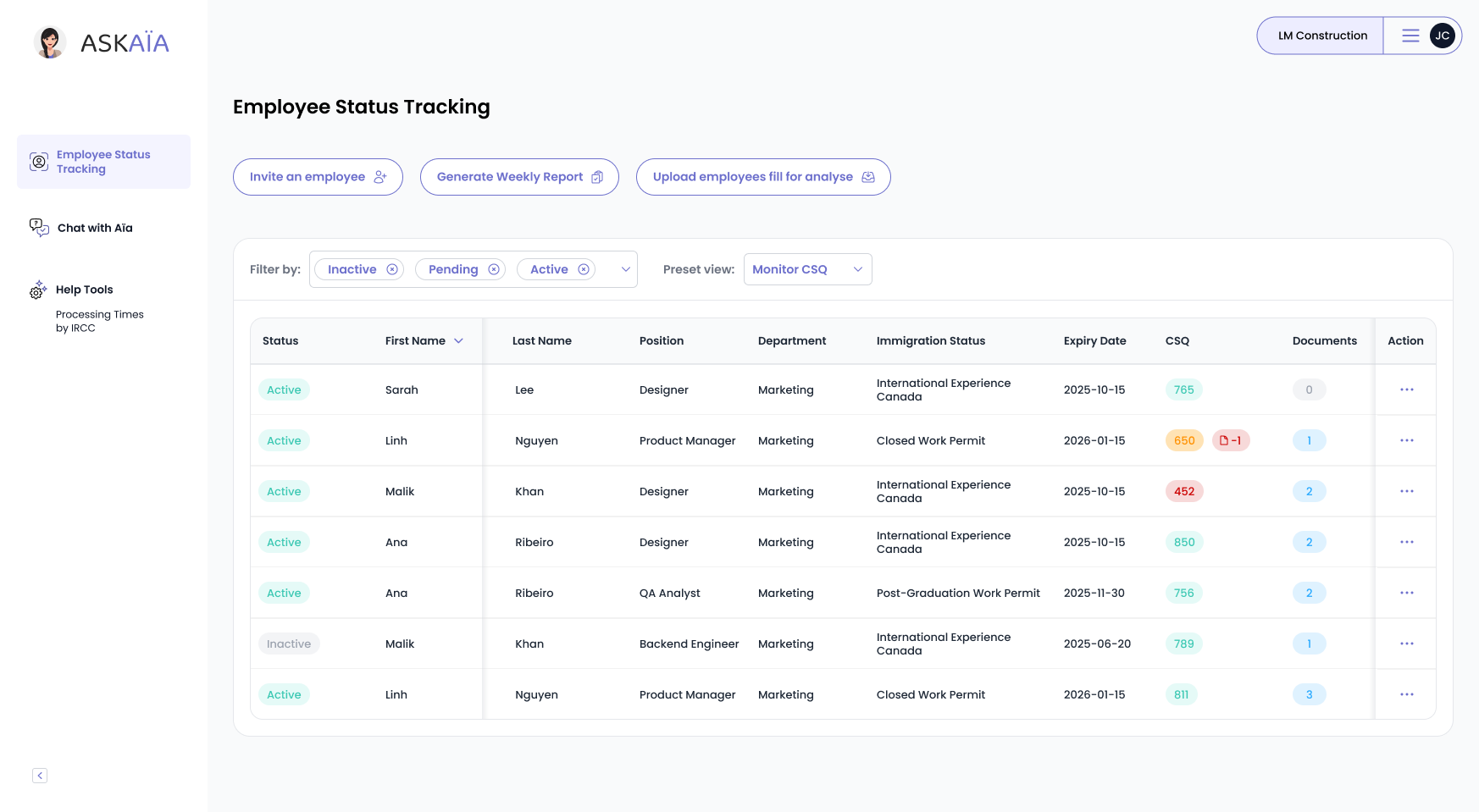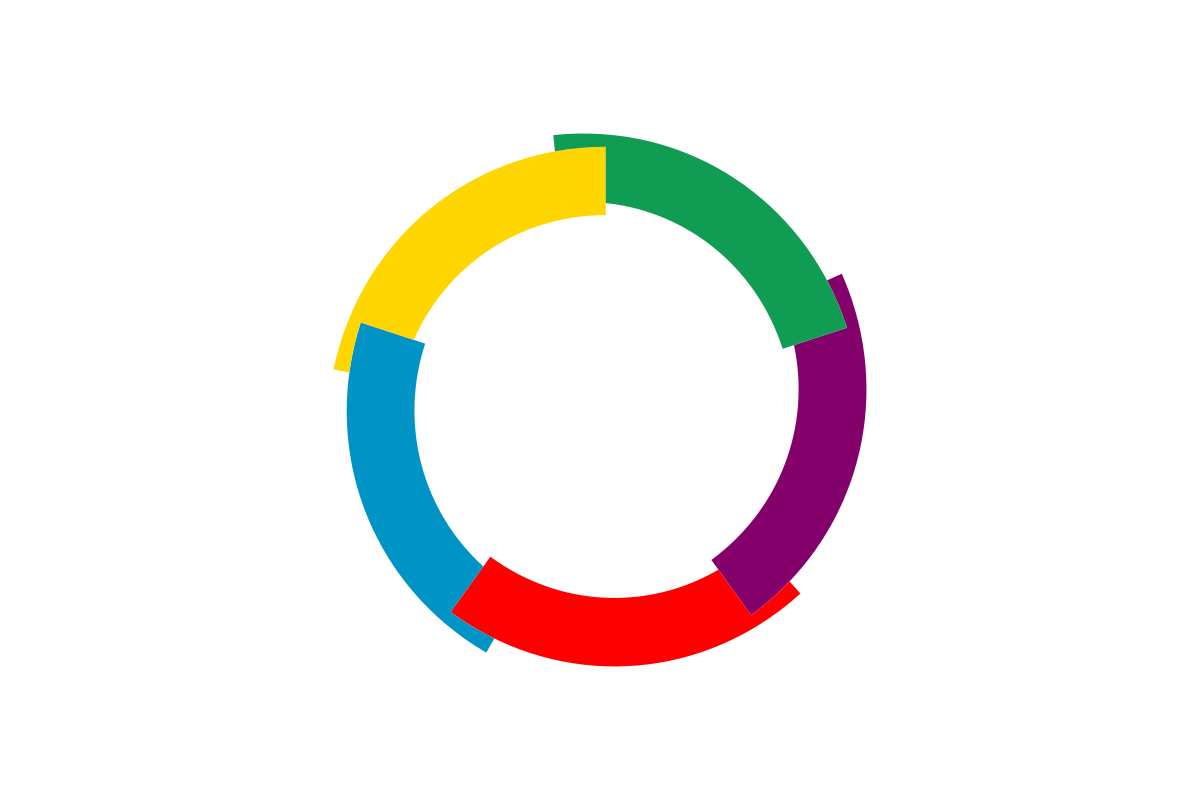March marks Francophonie Month, a celebration of the French language and culture in Canada and around the world. With over 10.7 million people able to hold a conversation in French and a growing emphasis on Francophone immigration, Canada’s linguistic landscape is evolving.
From Quebec’s increasing French-speaking immigrant population to the influence of bilingualism across the country, here are 10 incredible facts about Francophones in Canada that highlight their impact and presence in 2025. This year, Canada has reaffirmed its commitment to Francophone immigration by selecting 6,500 French-speaking candidates through a targeted Express Entry draw, reflecting the government’s goal of strengthening Francophone communities outside Quebec.![]()
1. French is Canada’s Second Most Spoken Language
French is the first official language for 21.4% of Canadians, making it a key part of the country’s identity and history. This figure includes both those who have French as their mother tongue and those who have acquired it as an official language. Over 10.7 million people can hold a conversation in French, reflecting Canada's commitment to bilingualism. The strong presence of Francophone communities across the country plays a crucial role in preserving and promoting the language through education, media, and immigration policies.
2. Francophones Are Not Just in Quebec
While 84.1% of Francophones live in Quebec, nearly 1.08 million reside outside the province, strengthening Francophone communities in places like Ontario, New Brunswick, and Manitoba. These communities maintain the French language through schools, cultural organizations, and support networks for new immigrants. However, French language retention remains a challenge, as younger generations often shift toward English in predominantly Anglophone environments.
3. New Brunswick: Canada’s Only Officially Bilingual Province
New Brunswick is home to the highest proportion of Francophones outside Quebec, with 32.6% of its population speaking French as a first language. As Canada’s only officially bilingual province, New Brunswick actively promotes French through education, government services, and economic policies. The province’s Acadian communities play a crucial role in sustaining French-language traditions despite ongoing challenges related to assimilation and demographic shifts.
4. French Speakers in Ontario Are on the Rise
Ontario, Canada’s most populous province, has a significant Francophone presence, with 11.2% of its population being bilingual in French and English, while 4.7% are Francophones by first official language spoken. The province is home to the largest Francophone community outside Quebec, concentrated in regions such as Ottawa, Sudbury, and Eastern Ontario. Ontario’s government actively supports Francophone services, including French-language education, healthcare, and cultural programming, reinforcing the province’s commitment to linguistic diversity.
5. Bilingualism Is Growing in Quebec
More Quebecers than ever are bilingual—46.4% speak both French and English, reflecting the province’s cultural and economic ties with the rest of Canada. This rise in bilingualism is particularly notable among younger generations and professionals, as English proficiency is increasingly seen as an economic asset. Additionally, the presence of international students and immigrants contributes to this trend, as many prioritize bilingualism to enhance career prospects in both local and national job markets.
6. Francophones Outside Quebec Make Up 4.7% of Canada’s Population
Despite challenges in preserving their language, Francophones outside Quebec represent 4.7% of Canadians. However, French language retention outside Quebec remains a challenge, with declining French use in daily life over generations. Factors such as interprovincial migration, the dominance of English in workplaces and media, and limited access to French-language services contribute to this decline. Nevertheless, efforts by community organizations, educational institutions, and government programs continue to support and promote Francophone minority communities.
7. French Language Immigration Is Expanding
Immigration policies increasingly favor French-speaking applicants, as part of Canada's efforts to strengthen Francophone communities. In 2021, 80.5% of immigrants in Quebec spoke French, a dramatic increase from 38.4% in 1951, reflecting policies that prioritize French-language proficiency for newcomers. Outside Quebec, 5.5% of immigrants could speak French in 2021, slightly down from 6.6% in 2001, despite initiatives like the Francophone Mobility Program aimed at increasing Francophone immigration to other provinces. The challenge remains ensuring long-term retention of the French language among immigrants, as predominantly English-speaking environments can influence language use over time.
8. Francophone Identity Is Strong
According to surveys, 76% of Francophones believe that bilingualism is an essential part of Canada’s identity, compared to only 49% of Anglophones. This highlights a significant cultural divide in perspectives on linguistic duality. For many Francophones, bilingualism is not just a communication tool but a fundamental aspect of national cohesion and identity. However, public opinion varies by region and generation, with differences influenced by historical linguistic tensions, government policies, and access to French-language education.
9. French Is Seen as a Unifying Force
85% of Francophones believe learning both official languages strengthens national unity, compared to 59% of Anglophones. For many, bilingualism serves as a bridge between different linguistic groups, fostering mutual understanding and collaboration across Canada. However, some Anglophones see bilingual policies as disproportionately favoring French rather than supporting broader multilingualism. While this sentiment remains strong, it is based on surveys rather than census data, making it a reflection of public perception rather than an official demographic measure.
10. The Government Actively Supports Francophone Communities
Programs like the Francophone Mobility Program and Express Entry French language points are designed to boost French-speaking immigration across Canada. In 2021, 102,000 immigrants outside Quebec had French as their first official language, with the largest populations in Ontario (66,000), Alberta (13,000), and British Columbia (12,000).
Celebrating Francophonie Month 2025
-
Francophone film festivals and concerts, such as the 2025 Festival International du Film sur l'Art (FIFA), taking place in Montréal from March 13 to 23. This event will feature a diverse selection of films on art and culture, with screenings in Montréal and Québec, as well as online access for viewers across the province.
-
Workshops on bilingualism and immigration, such as the 18ᵉ Symposium annuel sur l'immigration francophone, organized by the Fédération des communautés francophones et acadienne (FCFA) du Canada on March 15, 2025. This event will bring together key stakeholders to discuss challenges and strategies for increasing Francophone immigration and strengthening French-speaking communities across Canada.
-
Community gatherings celebrating French culture, such as Savouring Francophone Cultures at the University of Ottawa, a week-long event from March 3 to 7, 2025. Each day highlights different Francophone regions, offering free tastings, cultural experiences, and discussions on the diversity of Francophone cultures in Canada and beyond.
French is more than just a language—it’s a pillar of Canadian identity and a growing asset in immigration.
Thinking about immigrating to Canada as a French speaker? AskAïa can guide you through your visa options and help you plan your immigration journey.

Let’s get your demo started
Book a demo
You May Also Like
These Related Stories

Canada’s Leaders Back Stronger Francophone Immigration in 2025
Can Canada meet its growing demand for French-speaking newcomers? This article breaks down party leaders’ pledges to boost Francophone immigration. Al …

Canada Expands Francophone Immigration: Key Opportunities in 2025
Canada’s immigration system has expanded significantly, but recent job cuts at IRCC pose new challenges for applicants. This article explores workforc …

Canada in 5: Francophone Students Get a Direct Path to Residency
Canada's new initiative for francophone students offers a streamlined path to residency, supporting minority French-speaking communities nationwide. L …
